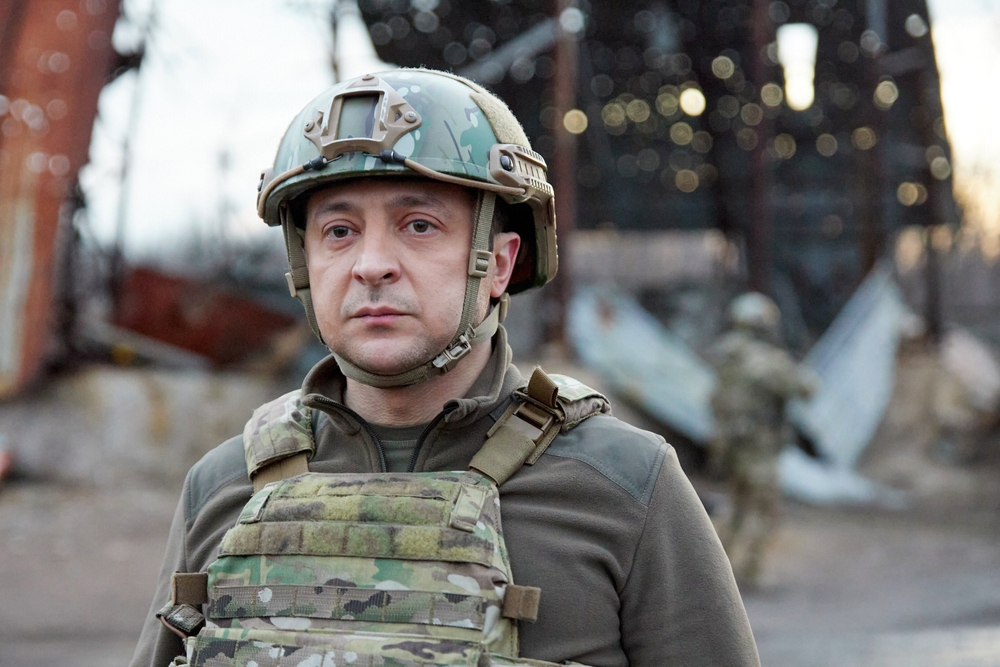
Could the fighting simply stop like the Georgia war of 2008?
After brutally crushing Chechnya in 2000, Putin’s second war broke out in Georgia on the 7th of August 2008. The fighting stopped almost as suddenly as it started. Unlike the current Ukraine war, Russian forces could claim, at least to some extent, that they were responding to a Georgian attack. Giving into provocation, Georgian forces crossed into Russian territory with heavy weapons, egged on by Georgia’s then pro-western leader, Mikheil Saakashvili. A swift Russian counterattack soon followed, forcing Georgia to retreat. Russian forces were poised near Tbilisi ready to lay siege. Fearing the inevitable bloodbath, French President Sarkozy managed to secure a ceasefire on the 12th of August after a phone call with Putin.
The basic contours of a peace deal were ironed out within a few days. Prisoners were exchanged and Georgia agreed that they would renounce the use of force to resolve the status of Russian-backed secessionist areas in Georgia. In reality, these Russian enclaves became even more militarised with a Russian Army presence. Georgia has lost them for the foreseeable future.
Interestingly, Putin did not formally demand that Georgia remove its application to join NATO or the EU as part of that ceasefire. In practice, Georgia’s application for full membership of both entities was put on ‘ice’ by western states, especially as it was perceived that Saakashvili had acted so rashly. The Georgia of today is however clearly a western-oriented country, with more liberal visa rules and a strong partnership association with NATO (including joint military training like Ukraine).
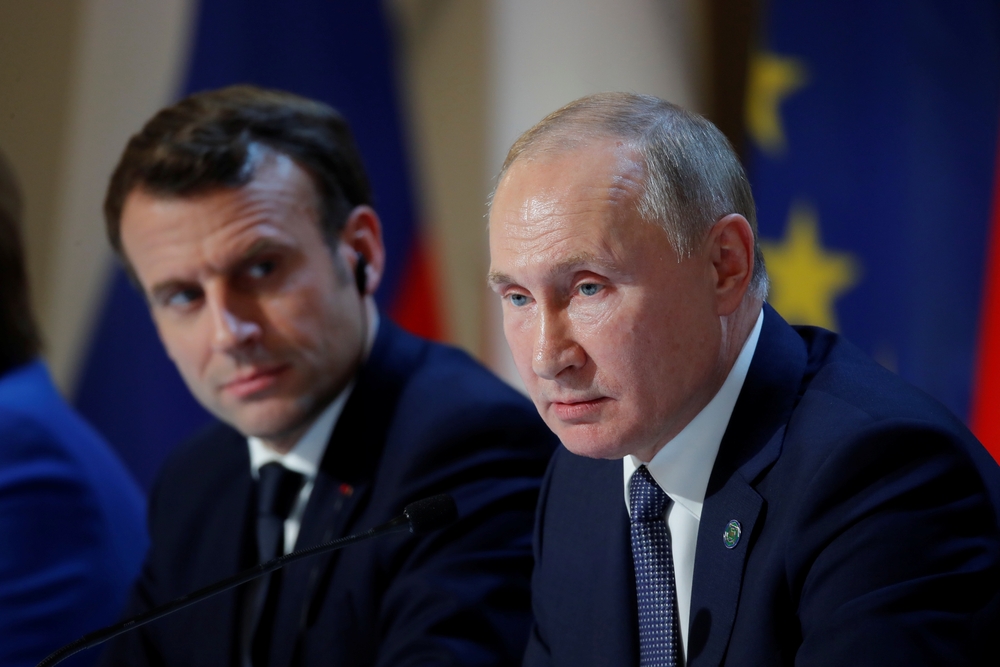
Does a similar fate await Ukraine? It seems unlikely. Macron has little to show for his numerous talks with Putin. In contrast to the Georgian war, the invasion of Ukraine is a more foolish and open-ended military operation that has gone horribly wrong for Putin. No quick victory is obvious. Putin needs a tangible military victory before he can agree to any ceasefire, and he may also have essential geographic objectives, notably the port of Odessa or seizing as much of the coast as he can, which would allow him to economically strangle Ukraine.
Some analysts believe he has therefore resigned himself to a slow bloody war of attrition which could go on for months. Kiev, Kharkiv and Odessa may remain battlegrounds for weeks if not months more. Why would Putin settle for a deal that merely brings him back to his pre-invasion position – annexing Crimea and ‘controlling’ the puppet enclaves of the Donbass? There is no way we will see the same ‘generosity’ of 2008 Georgia in present day Ukraine.
Still, if the Ukrainians manage to hold on militarily, or gain greater western support, then whoever leads Russia by Autumn may be simply forced to accept a Georgia-style ceasefire. This is one of many reasons why military aid for Ukraine is critical.
Finlandisation as the endgame?
In 1947 and 1948, Finland signed treaties with Joseph Stalin after fighting two wars against the Soviet Union. The first “winter war”, between November 1939 and March 1940, occurred when Stalin invaded Finland, just as Putin has invaded Ukraine. In an echo of today, the Finns fought heroically and the Red Army disastrously, but in the end they were forced to sue for peace. The war continued when Nazi Germany invaded Russian in 1941. By 1944, the Finns realised they were on the losing side of World War Two and negotiated a separate armistice.
While there are similarities here, the political and psychological context is quite different from Ukraine today. Finland was on the losing side of a much wider war – not once but twice. Notwithstanding this, Stalin was relatively generous, preoccupied as he was with crushing freedom in Poland, East Germany and the rest of what became the Warsaw Pact.
And so, Finland was not re-annexed, nor were Finnish Communists empowered to simply take over. Finland was allowed to keep its democratic institutions and free elections. Trade with the West, while allowed, was hedged. Finland only became a full member of the European Free Trade Area in 1986, and joining the EEC was out of the question. Moreover, Finland had to pay enormous war reparations – a whole sector of the Finnish economy was committed to serving the Russians. They also had to accept a large Russian military base on their territory, which was only removed in 1956.
Finland was therefore obliged to be a neutral state, not by choice, but through a mixture of formal written guarantees and informal ‘understandings’ between Russian leaders and a handful of senior Finnish politicians. While Finland could remain a free western-oriented country, they were to do nothing as regards military and foreign policy that might threaten the USSR. That meant returning many Russian dissidents back to the KGB and turning a blind eye to systematic human rights violations and the Soviet invasion of Afghanistan. By the late 1950s and early 1960s, then premier of the Soviet Union, Nikita Khrushchev had perfected the not-so-subtle art of interfering in Finnish politics to signal his displeasure at the make-up of Finnish coalition governments. Some Finnish parties had to informally agree to not join a government regardless of votes, lest it offend the Russians. The Soviet Politburo [executive committee] repeatedly signalled that they expected Urho Kekkonen to remain President of Finland for as long as possible, as ‘their man’ with whom they could do business. Kekkonen dominated Finnish politics for almost two decades. Finally, in 1991, Finland dumped their servile relationship with Russia. While remaining non-aligned they have joined the EU and despite not being a member, have become very close to NATO. All Finns understood the necessity of these horrible compromises given their history and place within the wider Cold War. People today who advocate historic Finnish-style neutrality as a quick fix for the Ukraine war would do well to understand that something as subtle or consensual is very unlikely to work today.
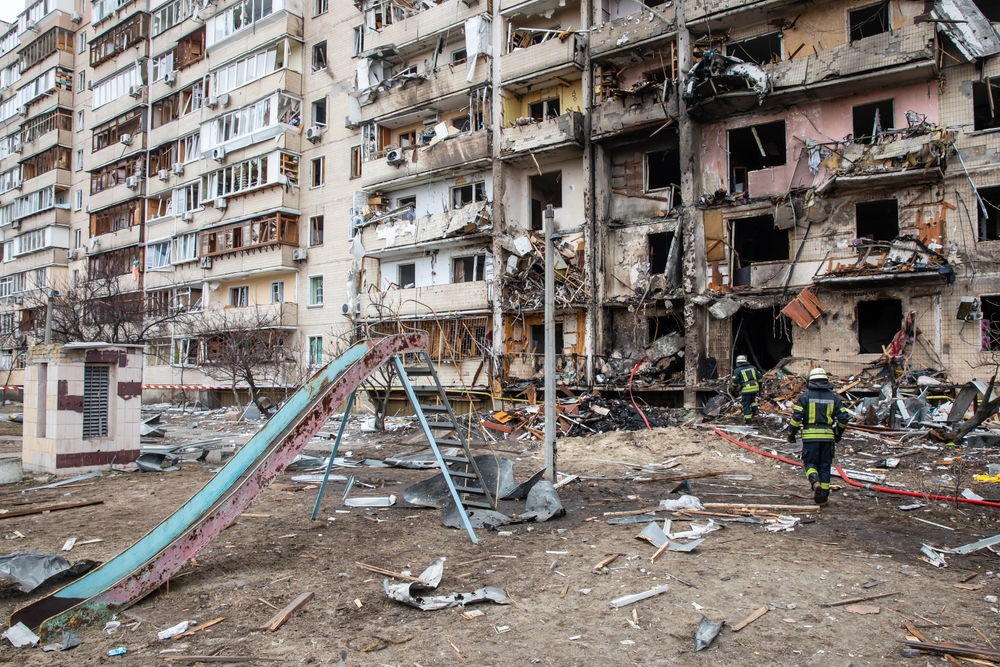
For a start, Putin will want guarantees that he can control domestic Ukrainian politics with a lot more certainty. If free and fair Ukrainian elections are permitted, what are the chances that independent-minded governments will sooner or later, simply not play along? Preserving Ukraine’s trade and association agreements with the EU will further undercut Putin’s attempt to take control. So, while Putin might use the term ‘Finlandisation’ to make his demands more acceptable to western audiences, the reality looks much more invidious – closer to the making of a vassal state like Belarus.
In this scenario, it is possible that NATO membership may be taken off the table by Ukrainians themselves to placate Russian demands. In fact, many NATO states would favour this outcome and could well place pressure on the Ukrainians to accept such a condition. Remember – NATO has adopted a policy of not giving Ukraine full membership, offering instead a vague association and co-operation template. The possible future membership of NATO by Ukraine is thus quite the red herring, dangled by Putin’s western apologists, experts and academics who should know better.
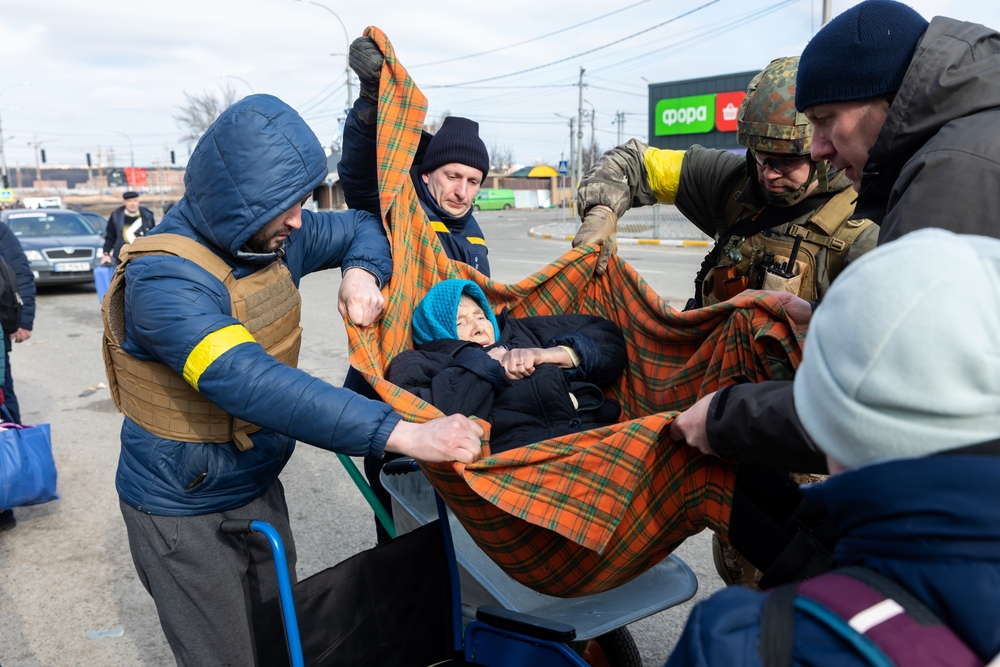
Ukrainians want a free and democratic, pro-western state with minimal influence from what is clearly a despotic Russian regime. They all hate Putin and many hate Russia. They will resist in whatever way they can. Ukrainian neutrality will not solve Putin’s political problems now. He knows he cannot afford to give them a genuine Finland-style deal, and the Ukrainians do not psychologically seem defeated enough to accept it. If their cities fall, a large-scale insurgency will continue – a major military threat for the Russians who simply cannot control a country the size of Ukraine.
The remaining option for Putin may then be a de facto military partition that produces two distinct Ukraines: a western, democratic one and a Russian-controlled eastern entity. This has similarities to the tragic case of Kashmir after the 1947 partition of India, a comparison I recently explored in depth in a discussion at the Moore Institute. If this is Ukraine’s future, it suggests that conflict and instability will be endemic there for years and possibly decades to come. This violence would forge long-lasting patterns of animosity between Europe and the Russian Federation. It would sustain a Cold War every bit as intense and heavily armed as the one that prevailed between 1948 and 1990. Yet such an outcome might actually be preferable for many Ukrainians compared to the much-touted Finlandisation, and it would scarcely be sensible for Putin to agree to pay the price of partition.
The irony of choosing the path of war is that leaders who do so are at the mercy of whatever victories their generals can bring them but also, whatever the opposition is willing to suffer. While the Ukrainians have already suffered too much, one of the lessons of modern conflicts has been the longevity and intractability of wars. There will be no easy or clear-cut endgame. In contrast to the Finns in 1946, Ukrainians have not yet accepted defeat, and they know they are on the right side of history.
Profiles
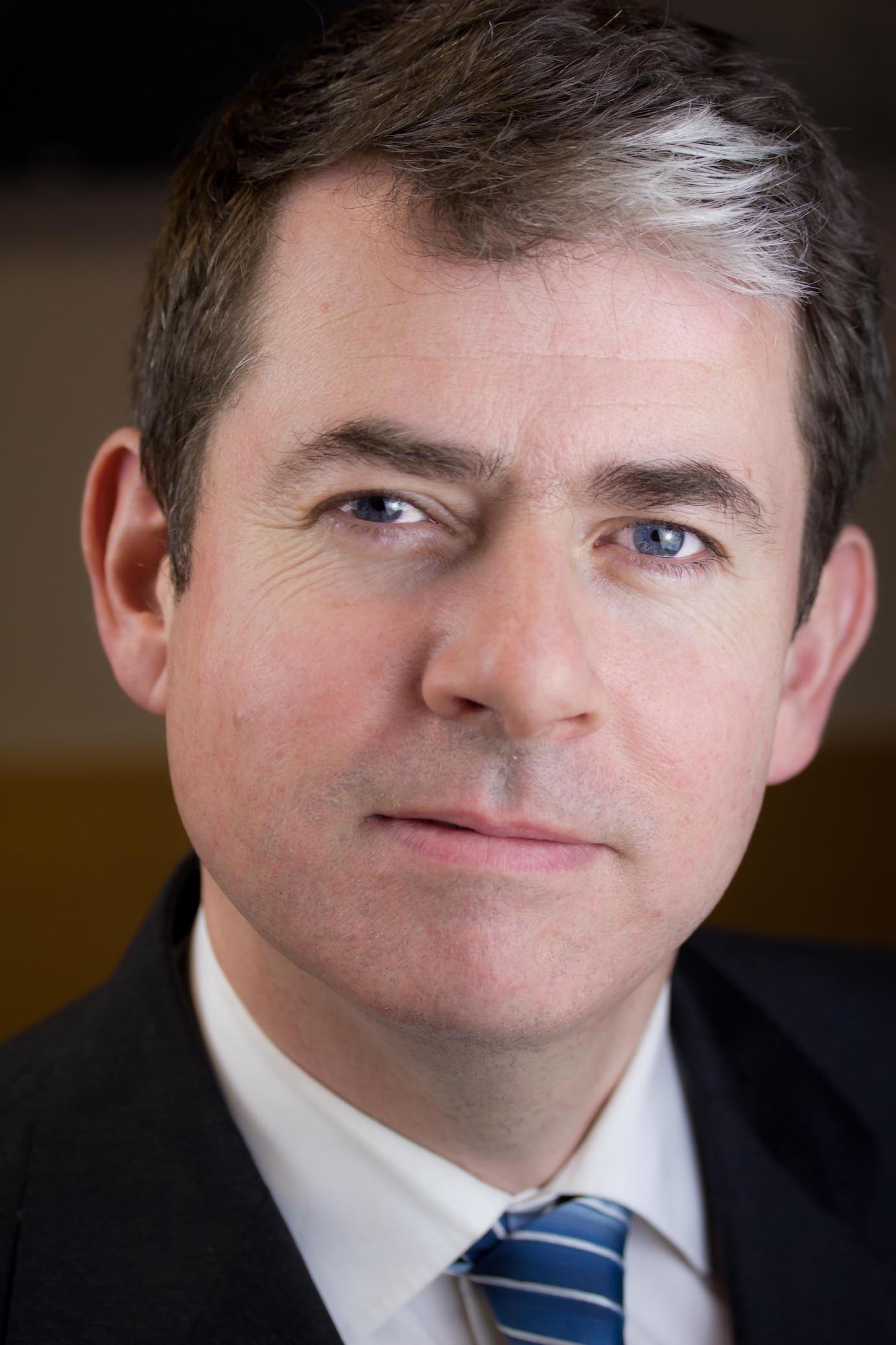
Dr. Brendan Flynn is head of discipline for Politics and an assistant professor/lecturer at the School of Political Science and Sociology, NUI Galway. He researches maritime security and defence and security studies more broadly, as well as environmental and security issues concerning climate and energy.